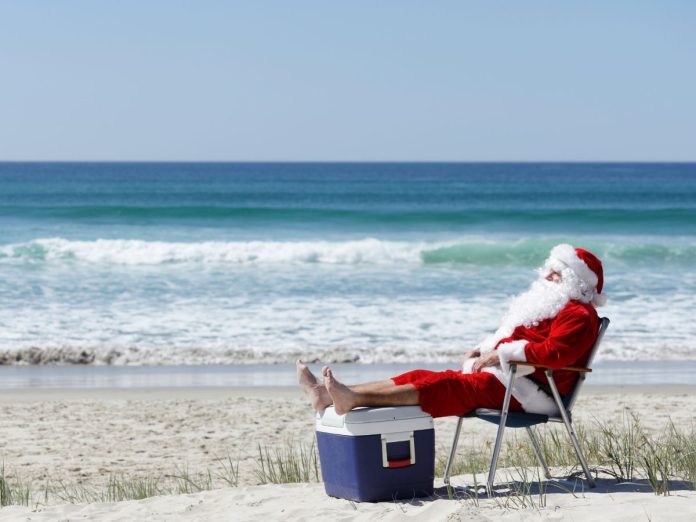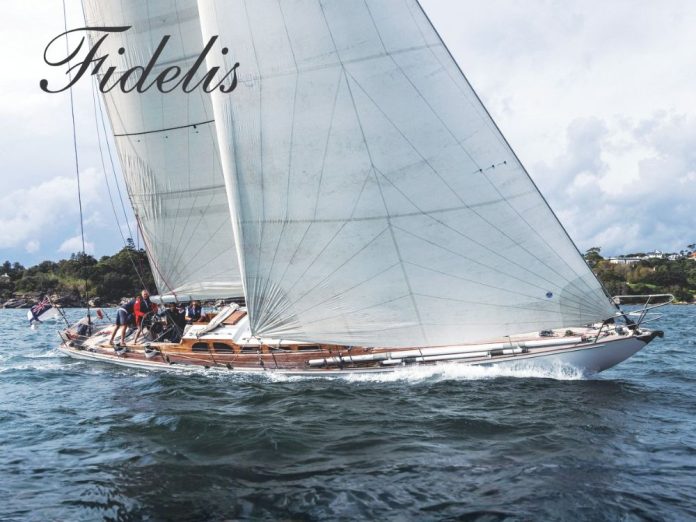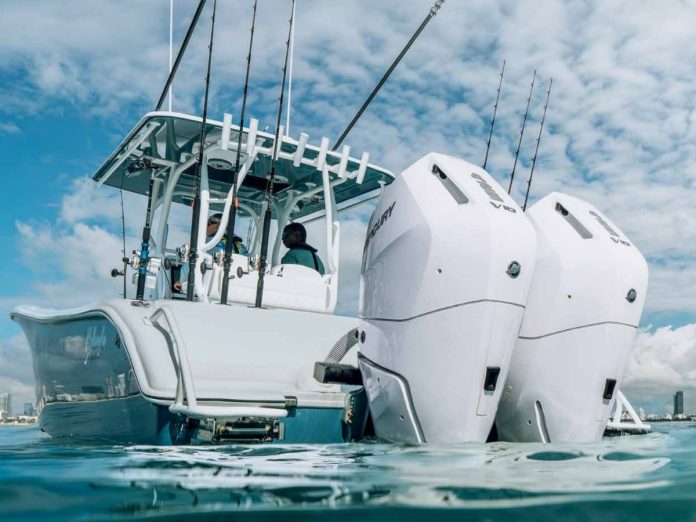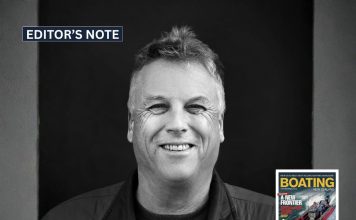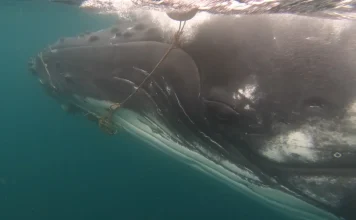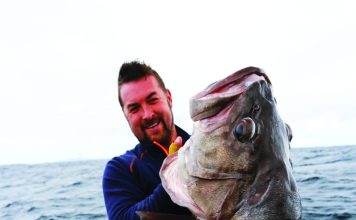Matt Vance likes marine diesels. On the water their power, economy and simplicity is unrivalled. They’re typically confined to engine rooms and darkest reaches of the bilges – but with the Cox outboard – no more.
While there have been other forays into outboard diesels over the last decade, it is perhaps the Cox CXO300 that marks the emergence from the engine room and onto the transoms of boats around the world. For the first time we have a diesel outboard that can compete with the equivalent petrol engine on a scale that is most suited to today’s 7m-plus, deep-vee powerboat platforms.

Over the last decade, British diesel engine manufacturer Cox Powertrain has put in a serious amount of R&D into getting the idea from prototype to production. The company initially won a contract from the British Ministry of Defence to develop a new concept diesel outboard for use on its fast-response navy vessels. The final engine concept is based on a four-stroke, V8 architecture that offers better fuel efficiency, greater range, higher torque – and long-term cost and maintenance advantages.
Cox Powertrain is led by ex-Cosworth CEO Tim Roustsis and he has collected a team of expert engineers with a pedigree in Formula One racing and top-of-the-line automotive design. While the initial design had military origins, they’ve had a huge response from recreational and commercial boaters around the world. To say the CXO300 has been awaited with the same enthusiasm as Santa at Christmas is no understatement.

Putting all the hype and midnight sales to one side, the question arises: what are the advantages of the 300hp V8 diesel format? For the military and the superyacht tender market, the fact that you are running the same low-flashpoint fuel as the mothership solves the large headache of shipping a separate store of highly combustible fuel. An added advantage for military types is this: it’s much more preferable to be shot at sitting on a tank of diesel than an explosive tank of petrol.

For the average recreational boatie, the advantages are on the water with claims of a 100% higher peak torque at the crankshaft than the equivalent petrol 300hp outboards and 60% higher when compared with most 350hp engines. This difference is amplified when looking at the mid- to low-range rpm. The increased low-end torque will push heavily-loaded hulls through rough water with less strain on the engine and improved economy compared to similar petrol outboards.
The downside to all this superior economy and torque are twofold. The most obvious is the price. At $99,619 the CXO300 is in nose-bleed territory – nearly twice the price of a comparable petrol 300hp. In defense though, the engine is expected to last three times as long as an equivalent petrol outboard – which is evens up the equation for heavy users and commercial operations.

The second downside is weight. With higher compression than a petrol engine, a diesel needs to be solid in its construction. The additional weight has been dealt with by building an alloy block which comes in at some 60kg heavier than the equivalent petrol 300hp. Given the horsepower, these engines are destined for the 7m-plus hulls which should have no trouble absorbing the extra weight.
On the Water
There were a lot of numbers in all that lot and I ain’t but a humble sailor, so the only way to tell whether the CXO300 was any good was to get out on the water with Sports Marine Director and New Zealand agent for Cox diesel, Ian Williamson. Ian has been in the industry for over 50 years and has seen a few things come and go so it was good to have a chat as we put the CXO300 through its paces.

Sports Marine has placed its demo model on a Striper 230 Walkaround which weighs in at around 1,724kg dry. With its dimensions the Striper is an ideal and typical candidate for a 300hp powerplant. With its sleek styling hiding some impressive muscle, the Cox looks impressive even before we hit the water.
On the water it’s hard to pick the difference from an equivalent petrol engine. For a start, there is no obvious diesel exhaust smell. The engine burns clean. At idle the Cox is only marginally louder than a purry four-stroke petrol plant. Up the range, there appears no discernible difference in engine noise – there is the throaty throb you expect from any V8.

The extra torque of the diesel manifests itself in the power to get up on the plane and the low cruising revs to stay there in economy mode. Interestingly, there is also no discernible drop in revs in a hard corner which can occur with a petrol engine. With the extra torque, there will need to be some reconfiguring of the props compared to the usual petrol engine-based models – something which will only improve performance.
Cruising revs seemed to be in a large sweet spot (between 2,300 and 2,800rpm) with corresponding speeds between 19-25 knots and fuel consumption around 18-25 litres an hour. Flat knacker we were doing 4,000rpm and 43 knots, burning 71 litres an hour which is what it is required to do for 24 hours straight to get a commercial rating.
After a morning on the water, I was sold on the idea. I like marine diesels even more than before. This one had the power, economy and simplicity to be a game-changer.











